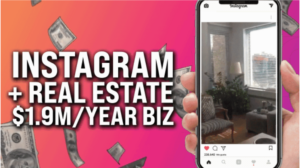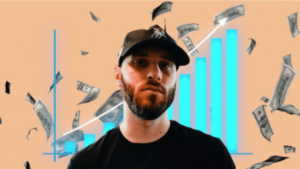
You know I love brick-and-mortar businesses.
Brash, boring, revenue-recurring, walk-inside-and-shake-the-owner’s-hand businesses.
But.
I recently bought my first SaaS business (linked here, for the curious). And I get it – digital businesses have a huge appeal. Automation is baked in, incremental cost per client is $0, and operating expenses are next to nothing. Easy to get used to.
Most of all, digital businesses offer a unique possibility: solo scaled empires.
That’s what we’ll explore today, via the brilliant business model by Brett Williams of Designjoy.

Today in 10 minutes or less, you’ll learn:
✔️ Contrarian frame: Are you driving or riding?
✔️ Freelancing will be more common than W-2
✔️ Why productized services are the way
✔️ Why this biz model just… works
✔️ 5 steps to optimize a solo biz
✔️ How you can replicate this

CONTRARIAN FRAMEWORK: ARE YOU DRIVING OR RIDING?
I met a man, and he left a mark.
Humans can be like that when they’ve seen a thing or two. So I’m going to tell you about my friend Maverick.
Tuesday. I sat out front watching the sun begin to set, another day under the Texas trees.
I heard the rev of the motorcycle before I saw it. A deep purr that became a roar. While the machine was impressive, the character stepping off of it stole the show.
Let’s just say our worlds didn’t collide. Me in my Lulu’s, he in his leathers. It was a lot to take in all at once. Tattoos creeping up his neck, a missing tooth or two, boots wrapping his legs, dirt embedded under his fingernails. One part in particular stuck out: a knife. Well, more like if a knife and a sword had a rather sizable baby.
He climbed off the bike, readjusted his, ahem, machete? Then walked over to me, hand outstretched. “Maverick,” he said.
Caught staring, I stuttered. “That’s a beautiful bike. What is that leather piece on top?”
He smiled showing one prominent tooth that was prone to wiggling while talking. “Oh, this here is an English saddle.” He ran his sausage-sized fingers over the polished leather.
My forehead crinkled. “A saddle on a Harley?”
He laughed.
“Well, of course, now. Harley’s ain’t for driving, they’re for riding.”
And just like that, I knew we would be friends and I would write stories about this man.
It made me wonder…
Where can you ride a bit more than you drive?
Here’s one idea to put a little rev in your ride.

FREELANCING WILL BE MORE COMMON THAN W-2
But it will probably make way less $.
No doubt there’s serious bank to be made online. But if you want a little of that internet cha-ching for yourself? Freelancing probably isn’t the game.
Sure, it’s a great way to get your feet wet, but freelancing is often a race to the bottom. With the freelance workforce becoming increasingly global, it’s common to compete by driving your prices into the ground.
Freelancers make up 47% of the global workforce. That’s 1.57 billion people, 73.3 million of whom are American.
Stiff competition.
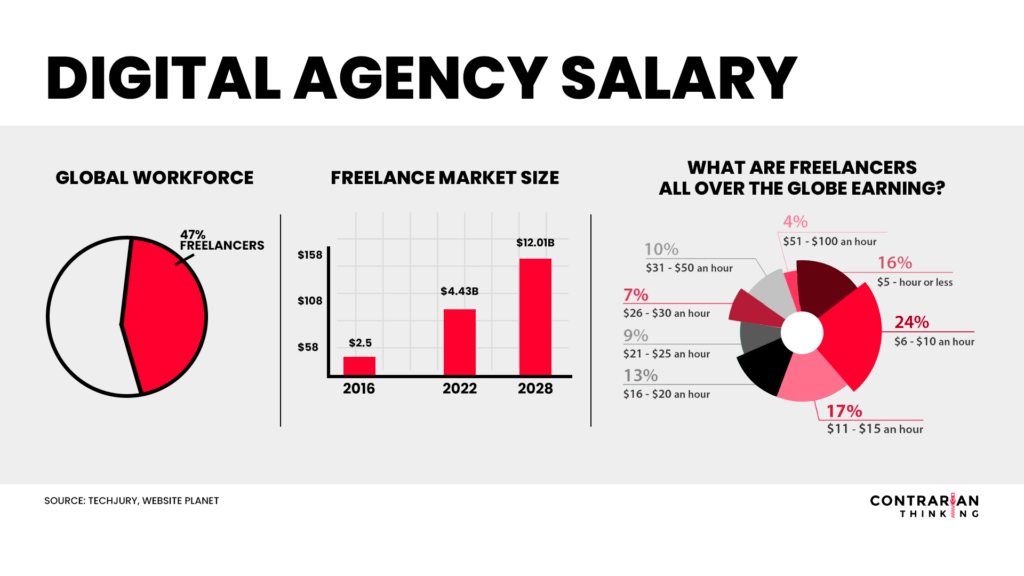
Want to find another path in digital services? Well, agencies aren’t so hot either.
The average digital agency with 10 full-time employees has a profit margin of just 15%. Guess what their largest expense is? That’s right, salaries.
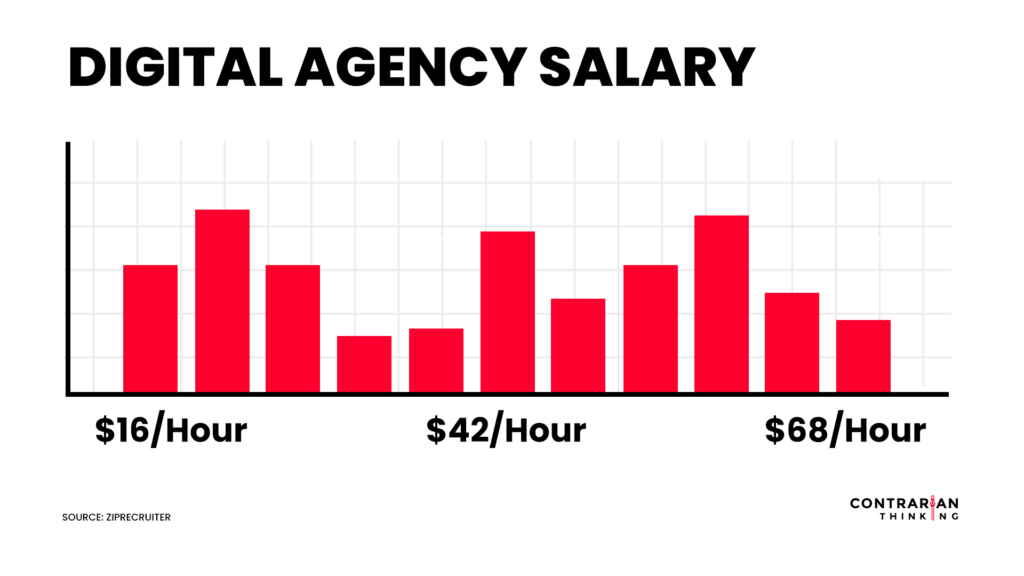
So freelancing is going to be a $12B industry in 5 years, but going it alone is tough… Scaling into a team? Also tough…
But there’s another ingenious way to scale your digital skill into a million-dollar machine.
Let’s look at someone who’s cracked the code.

WHY PRODUCTIZED SERVICES ARE THE WAY
Meet Brett Williams, a graphics designer who now does $120,000 in MRR on average, adding up to $1.3M in ARR. Not bad.
But it didn’t start with millions.
In 2017, Brett decided he wanted more than his 9-5 design job. However, he didn’t want to be another freelancer fighting for penny-pinching clients. Nor did he want to start an agency where he had to manage people and send all profit to payroll. So, what’s the third option?
A little thing he calls Design-as-a-Subscription.
Think of it as Netflix. You pay a subscription fee. But instead of unlimited movies, you get to make unlimited graphic design requests.
The keyword here is “unlimited.” Whether you make 5 requests a month or 50, the price stays the same. The caveat: you can only make one request at a time.
An unusual model for a service business, right?
Eager to try out his idea, Brett created Designjoy in 2017. One Saturday night, he threw together a website for $29 and launched the next day on Product Hunt. 40,000 unique visits later, Designjoy had fully taken off.


WHY THIS BIZ MODEL JUST… WORKS
Designjoy’s business model hits the sweet spot of clients’ graphic design needs.
It costs waaay too much $$$ to hire employees – and it’s not just about salaries and comp.
The cost of finding, interviewing, and training new employees is through the roof. And that’s if employers get it right on their first try. Because let’s face it… 45% of new hires are bad hires.
Plus, there’s the hassle of keeping that FT employee fully engaged. An in-house graphic designer can sit idle for weeks without doing any real work. But we both know they’ll get their full paycheck at the end of the month.
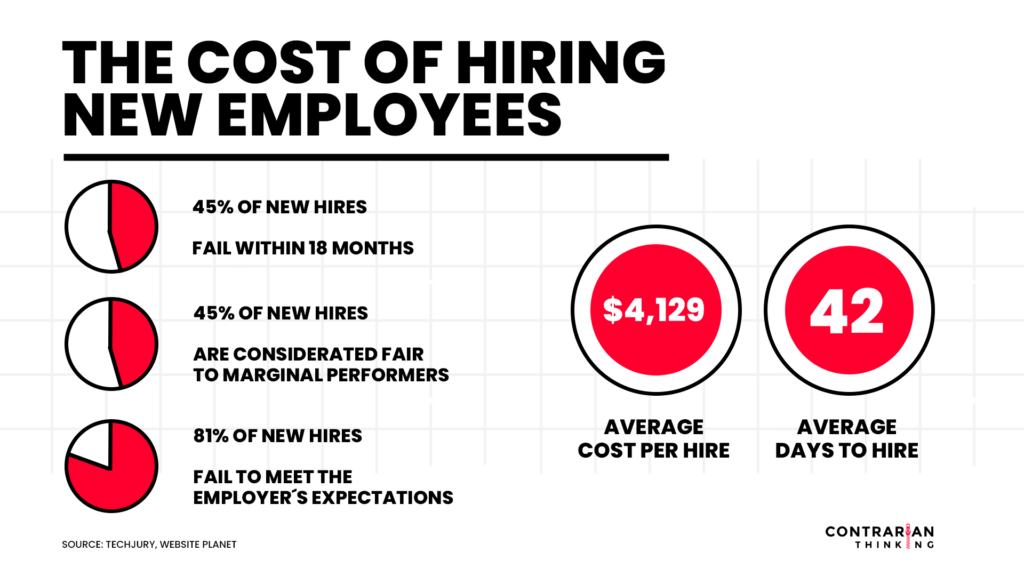
Weigh the pros against the cons and you see how it’s easier, and a heck of a lot cheaper, to just hire a service like Designjoy.
No recruiting, no vetting freelancers, no busy work, no compensation plan, no taxes… All you have to do is buy a subscription, then forget you ever did.
An important key to the business model is this: even if clients don’t have enough work to fill an entire month, Brett allows them to pause their subscription indefinitely. When they do have more work for him, they can un-pause and continue wherever they left off in the cycle.
Pair all this with top-notch deliverables, and a productized service is an easy sell for clients.

5 STEPS TO OPTIMIZE A SOLO BIZ
Designjoy is a lean and mean operation from top to bottom.
Here’s what I’m talking about:
1. It’s a one-man army. At $1.3M ARR, Brett is the only employee at Designjoy. There are no other graphic designers. No closers. Not even a VA for admin.
2. No client meetings. You can take an optional 15-minute discovery call before taking the leap, but that’s about it. Once you become a Designjoy client, you never see Brett’s face again. Ever.
And you know what? He’s got the right idea.
15% of an organization’s time is spent in meetings – with some employees regularly spending 50% of their time in them. The fact is, most meetings are frivolous, and a solo biz can’t afford that.
(Not-so-fun fact: the U.S. economy loses $34 billion every year to pointless meetings. Think about that the next time you’re on a Zoom call that could have been an email.)
3. Prioritizing urgency. Cutting out red tape doesn’t stop at how Brett communicates with clients. It’s how he onboards them, too.
The onboarding process in a traditional agency looks like this:
Visit website > Book a call > Wait at least 1 day before meeting the team > Set a follow-up call within the next 7 days > Finalize price and scope of project > Sign contract > Begin project.
I lost my patience just reading through that.
Most of my business decisions require speed, so going through a process that’s longer than Game of Thrones is a big no-no for me.
Brett gets this. With Designjoy, you go from 1st-time visitor to paying client in 30 seconds. No meetings. No contracts. No bullsh*t.
4. Leveraging (the right) tools. With zero employees, solo businesses require a smart use of tools.
You might be wondering how Designjoy hasn’t imploded if Brett has zero contact with his clients. Well, to field design requests, he uses a method so dead simple it’ll make you cry…
Trello. Yeah, that’s it.

Once they come on board, clients get access to their personal Trello board where they can log design requests. On the backend, Brett views these requests and fulfills them in 30 minutes to 48 hours – all completely async.
5. Simplicity = $$$. Wondering how many clients this one-man-show can handle? More than most. On average, Brett services ~20 clients every month. At $5k per client, Designjoy does $120,000 in MRR on average, adding up to $1.3M in ARR.

Compare that against what he’d be making in a 9-5 – an average salary of $49k.
When it comes to operating expenses, Designjoy only has four: Figma at $15/month, Webflow at $33/month, Shutterstock at $99/month, and Adobe Creative Cloud at $29/month. All other tools? $0/month.
If you’re crunching the numbers in your head, I got you. That’s a 99.78% profit margin. Spending $176 to make $120,000 is my kind of math.

HOW YOU CAN REPLICATE THIS
The beauty of Brett’s productized service model is that it can be applied to almost any digital skill.
Copywriting. Video editing. Facebook ads… You name it.

The secret is to niche down narrowly.
Even within graphic design, there are niches within niches.
For example, while Designjoy tends to service tech startups, this other Design-as-a-Service works with e-commerce brands, content creators, and NGOs.
At $499 per month, DesignPickle is a lot cheaper than DesignJoy. Yet, it hit a run rate of $21.1M in 2022 – 16x more than Brett’s annual revenue. (But likely with 16x more employees, as well…)
That said, here’s a roundup of the most in-demand digital skills in 2023, according to Upwork. Take your pick…
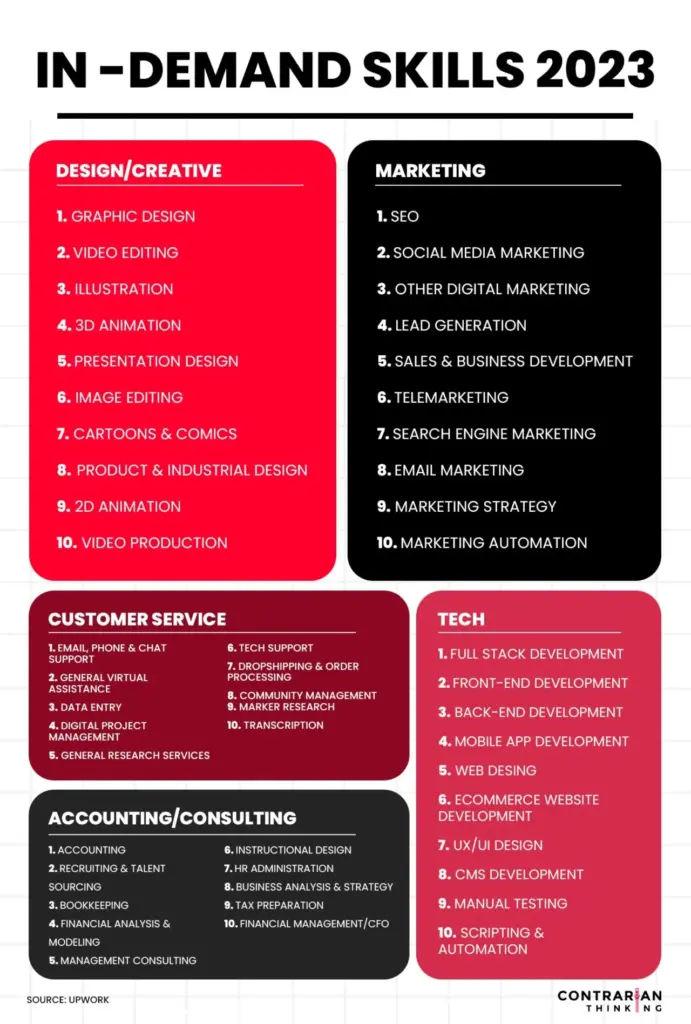
And for the skeptics who say you could never build a 7-figure business off something as “silly” as social media marketing, we recently covered an intern making $165k a month selling Canva templates to realtors.
That should tell you that nothing is impossible.
Here’s to a little more riding and a little less driving today.

I want you to be one of the few who do, not the many who talk.
– Codie
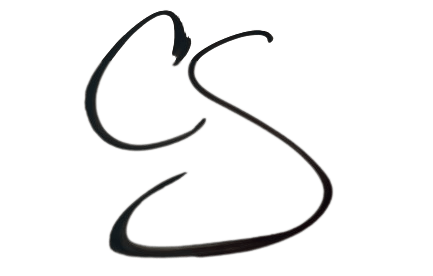

Marketing 101: use urgency, humor, & hell
Forget friends and family, our true soulmates are coworkers
Apple’s fancy new goggles: the good, the bad, and the ugly
Meta plots a new Twitter rival. Wait, who had the Everything App again?
♀️ Here’s a tip: or, I guess, here’s HOW we tip

